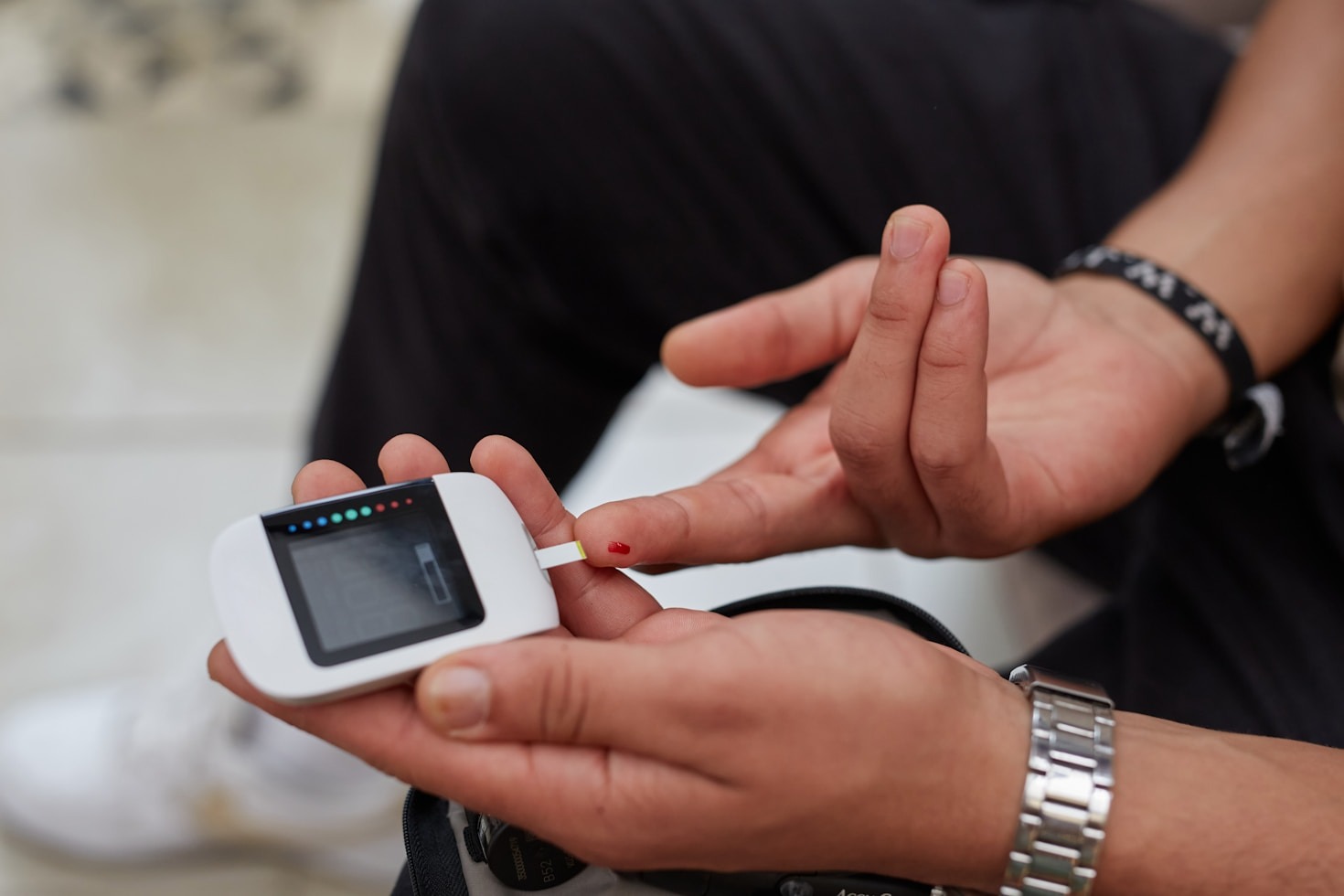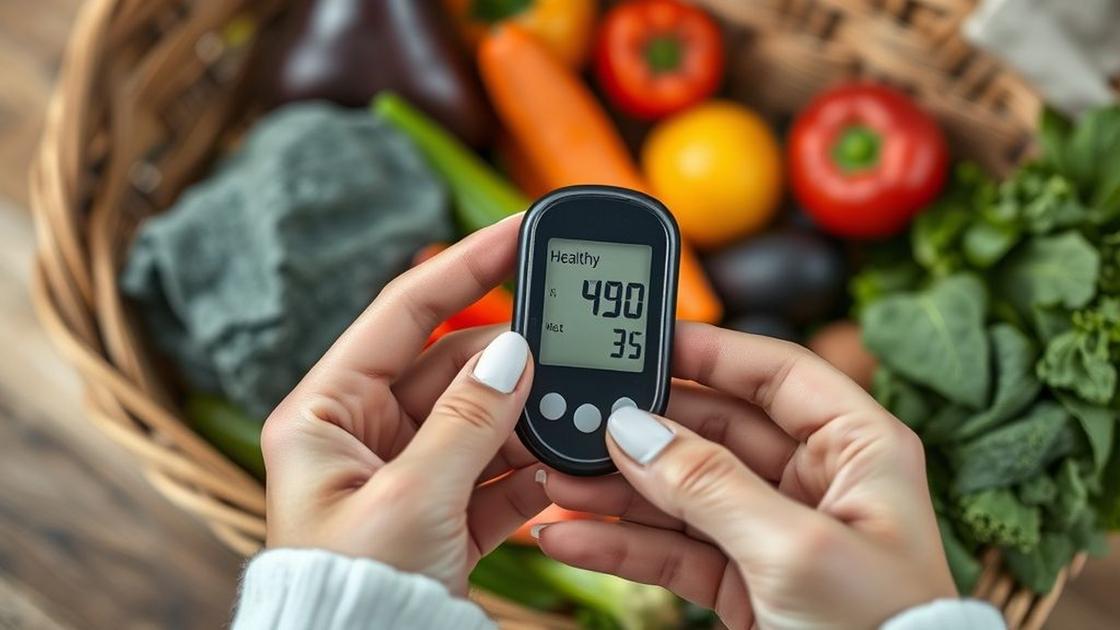Have you ever felt a wave of fatigue swoop in after your meals? Daily habits to prevent post-meal sugar crashes can be your best ally in regaining energy and well-being. Many women over 30 experience this, and it’s often linked to hormonal imbalances, anxiety, or just the daily stresses we face. Let’s explore simple yet powerful strategies that can uplift your spirits and help you maintain consistent energy levels throughout the day.
Understanding Post-Meal Sugar Crashes
Have you ever enjoyed a delicious meal only to feel a wave of fatigue crashing over you shortly afterward? Post-meal sugar crashes can be quite common, especially for women over 30 who juggle numerous responsibilities. This sudden drop in energy often occurs due to the way our bodies process food, particularly those high in sugars and simple carbohydrates.
When we eat, our bodies break down food into glucose, which leads to a spike in blood sugar levels. This spike makes us feel energized temporarily. However, the body responds by releasing insulin to help absorb the glucose. If too much insulin is released, blood sugar levels may plummet, leading to fatigue, irritability, and sometimes even anxiety.
Understanding this cycle is key to finding effective ways to maintain energy levels post-meals!
The Role of Balanced Nutrition
One of the most impactful daily habits you can develop is balanced nutrition. This doesn’t just mean eating fruits and veggies. It means incorporating a good mix of proteins, healthy fats, and fiber with every meal and snack.
Each food group plays a vital role:
- Proteins: Include sources like chicken, fish, tofu, or beans. They help maintain steady energy levels.
- Healthy Fats: Foods like avocados, nuts, and olive oil slow digestion, preventing blood sugar spikes.
- Fiber: Whole grains and vegetables provide essential fiber, assisting in gradual glucose absorption.
Consider building meals that focus on these elements. For instance, a quinoa salad loaded with veggies and topped with chickpeas and avocado can provide lasting energy that supports your busy lifestyle.
Hydration: A Key Player
Staying hydrated is another essential habit that can combat energy dips. Often, we mistake feelings of fatigue and even irritability for hunger rather than thirst. Drinking enough water throughout the day is crucial for maintaining energy levels.
Aim for at least 8-10 glasses of water a day, and more if you’re active. To make hydration fun, consider infusing your water with fruits like lemon or berries. Herbal teas can also be a great option!
Mindful Eating Practices
Have you ever rushed through a meal, only to feel sluggish afterward? Mindful eating can significantly impact how your body processes food. Taking a moment to be present during meals helps your digestive system work more efficiently.
Here are some tips:
- Savor each bite: Enjoy the flavors and textures. Eating slowly can help prevent overeating.
- Limit distractions: Try to eat without screens or work distractions. This can help you tune into your body’s hunger signals.
- Chew thoroughly: This simple act aids digestion and can positively influence energy levels.
Mindful eating is not just about food; it’s also an opportunity to connect with yourself and find little moments of joy.
Incorporating Movement After Meals
After you finish eating, incorporating some gentle movement can work wonders. Engaging in light physical activity, such as taking a walk, helps stimulate digestion and regulate blood sugar levels.
Consider these simple ideas:
- Go for a short walk: Just 10-15 minutes of walking post-meal can help boost energy.
- Stretch or do yoga: Gentle stretches or yoga poses can stimulate digestion and uplift your mood.
- Play with your kids: Simple activities like playing catch can provide light movement while connecting with family.
Finding a routine post-meal movement can not only help avoid sugar crashes but also enhance your overall well-being.
Choosing Low Glycemic Index Foods
The glycemic index (GI) is a scale that ranks carbohydrate-rich foods based on how they affect blood sugar levels. Choosing low GI foods can help you avoid the highs and lows associated with post-meal crashes.
Some low GI food options include:
- Whole grains: Brown rice, quinoa, and oats.
- Non-starchy vegetables: Spinach, broccoli, and carrots.
- Legumes: Lentils and chickpeas.
By incorporating more low GI foods into your meals, you can gradually elevate your blood sugar and sustain energy levels without the harsh drops.
Listen to Your Body’s Signals
Being in tune with your body’s signals is another powerful daily habit. Many women may ignore feelings of hunger or pay little attention to fullness cues, contributing to energy crashes. Learning to listen to these signals can be liberating.
Strategies include:
- Keeping a food journal: This can help you become more aware of what and when you eat.
- Checking in with yourself: Before meals, ask yourself if you’re truly hungry and how you feel after eating.
- Practicing self-compassion: It’s okay to have off days. Acknowledging this is crucial for long-term progress.
When you learn to listen to your body, it becomes easier to make informed food choices that support sustained energy.
The Benefits of Regular Meal Timing
Establishing regular meal times can nourish your body and prevent unexpected energy crashes. When meals are spaced evenly throughout the day, your body can better manage blood sugar levels.
Consider these guidelines:
- Plan meals and snacks: Having a steady meal schedule can help you avoid drastic energy drops.
- Aim for every 3-4 hours: This keeps your metabolism stable and energy levels consistent.
- Don’t skip meals: This can lead to binge eating later and, consequently, energy crashes.
Adopting a consistent eating pattern may seem simple, but this habit can lead to profound energy benefits!
Stress Management Techniques
Stress can take a toll on everything, including your energy levels. Learning to manage stress effectively can help prevent those painful sugar crashes after meals. Incorporating relaxation techniques can help you maintain your cool in busy moments.
Here are some helpful methods:
- Deep breathing exercises: Taking a few moments to breathe deeply can lower stress levels.
- Practicing meditation: Even a few minutes of mindfulness can significantly impact your mood.
- Journaling: Spending time to write your feelings can provide clarity and relief.
Finding what works best for you may take some trial and error, but investing time in stress management is the key to preventing post-meal crashes.
Embracing a Supportive Community
No one should have to walk this journey alone. Embracing a supportive community can foster motivation and keep you on track. Whether it’s friends, family, or online support groups, having a tribe can uplift spirits and energy levels.
Consider engaging in activities such as:
- Group exercises: Joining yoga or walking groups adds socialization with movement.
- Online forums: Connecting with others can provide a sense of belonging and shared experiences.
- Sharing meals: Organizing potlucks or shared cooking sessions with friends can make healthy eating fun!
A supportive community can remind you that you’re not in this alone, encouraging you through the ups and downs.










